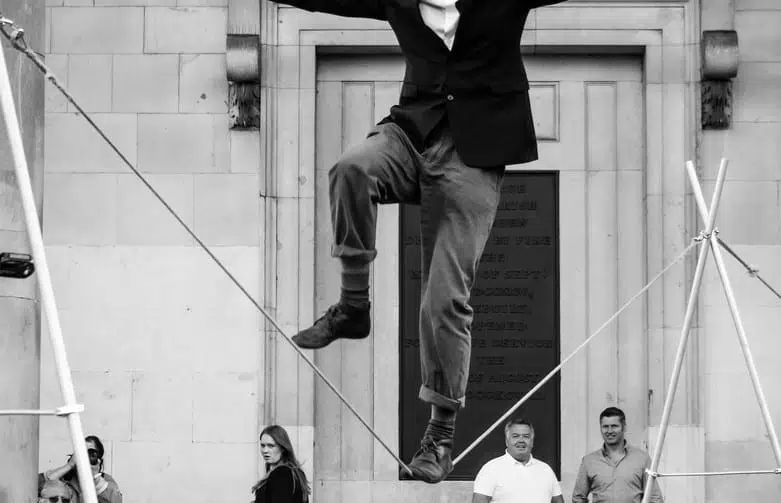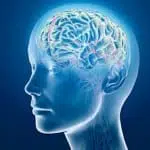Most of us are likely aware that the human brain is comprised of two sides, or hemispheres. These halves of the brain operate together, but in radically different ways:
The Left Brain:
-Controls the right side of body
-Tends to be the most prominent hemisphere in most of us
-Perceives the world in ways that are logical, analytical, systematic and linear
The Right Brain:
-Controls the left side of body
-Perceives in ways that tend to be symbolic, outside of time and imaginative.
-Is characteristic in daydreaming, creativity, non-verbal experiences and sudden insights
Brain researcher Justin Sergent sums the two hemispheres up by describing the left-brain as excelling at processing details and specifics, and the right-brain as being best at processing patterns and seeing the “bigger picture”.
Our culture tends to gravitate towards left-brained and logical dominance. From a young age children—who are naturally in a more right-brained state—may frequently be encouraged, especially in educational settings, to avoid daydreaming—which from a more left-brained perspective may be perceived as lazy or a distraction.
Each of our two hemispheres is able to operate independent of the other, and one hemisphere tends to be more dominate. Yet research is showing more and more the importance of a healthy balance between both the left-brain and right-brain.
After all, it is both of these hemispheres which complete the whole; the contributions of each create the most harmonious and complete way of perceiving and responding to our world.
In recent years the importance of also stimulating the right brain has become more recognized; meditation, yoga and guided creative visualizations are a few ways in which right-brain access is being more sought out.
As beneficial as each of these methods is, each still tends to take place in the midst of a left-brain stimulating world.
But there is a place where you can come to escape the constant stimulus of daily life and have greater access to the right-brain: a Float Pod®!
Existing evidence points to an hour of Floatation Therapy as being the most reliable and efficient way to gain greater access to the right hemisphere thus far. Studies are also showing that right-brain access is enhanced—finally given a chance to “speak up”—both during and after a float.
Michael Hutchinson, an expert in floatation therapy, interviewed a plethora of floaters when creating his fantastic book: “The Book of Floating”. As he says: “every one of them has mentioned some incidence of sudden awareness of right brain activity.”
Whether they experienced an increased ability to visualize, more creative solutions to their problems, or past-memory access in a healing process—all of those he contacted had a greater right-brain experience of some sort.
How does this happen?
In our normal waking state we are constantly bombarded with stimulus which the analyzing, left-brained mental chatter continually responds to. Our right brain tends to be in the background; tuned out in this active frame of mind.
While in the Float Pod, however, stimulus is finally limited, allowing us to gain access to the previously quieted right-brain.
The pod excels above other methods in providing this access for several reasons: it is the most ideal environment for it to take place and the pod’s enhancement of the right-brain is a natural side effect of the experience itself, and does not require practice to discover as it may through other methods.
Many cultures and psychologies have recognized that bringing both hemispheres into alignment, rather than over-developing one hemisphere or the other is the way to balance and greater brain efficiency.
The Float Pod does not shut-off the left hemisphere, but rather, gives the right hemisphere a chance to join it in its throne and creates a more symbiotic partnership, rather than a dominance of either half.
In short, the pod allows for quality and quantity!
This synchronization of the two halves of the brain is, by no coincidence, also being shown to occur in deep meditation—which also grants access to greater right brain and theta brain wave activity—just as the Float Pod does.
As we’ve mentioned in previous posts, floating provides an effortless means of achieving these deeply relaxing meditative states, without the need for prior experience and practice.
As society seems to be embracing a more holistic (whole) view of wellness in a variety of directions—acknowledging that the sum may indeed be greater than the parts—floating provides an incredible opportunity to bring this whole-istic concept to our own brains!


